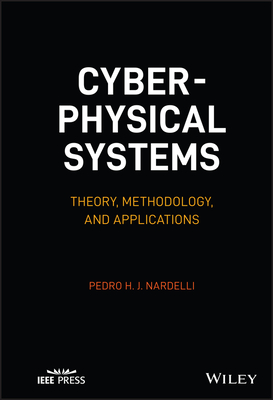Benefit-Risk Assessment Methods in Medical Product Development: Bridging Qualitative and Quantitative Assessments (Chapman & Hall/CRC Biostatistics Series)
暫譯: 醫療產品開發中的利益-風險評估方法:連結定性與定量評估(Chapman & Hall/CRC 生物統計系列)
- 出版商: Chapman
- 出版日期: 2016-05-24
- 售價: $4,810
- 貴賓價: 9.5 折 $4,570
- 語言: 英文
- 頁數: 312
- 裝訂: Hardcover
- ISBN: 1482259362
- ISBN-13: 9781482259360
-
相關分類:
機率統計學 Probability-and-statistics
海外代購書籍(需單獨結帳)
相關主題
商品描述
Guides You on the Development and Implementation of B–R Evaluations
Benefit–Risk Assessment Methods in Medical Product Development: Bridging Qualitative and Quantitative Assessments provides general guidance and case studies to aid practitioners in selecting specific benefit–risk (B–R) frameworks and quantitative methods. Leading experts from industry, regulatory agencies, and academia present practical examples, lessons learned, and best practices that illustrate how to conduct structured B–R assessment in clinical development and regulatory submission.
The first section of the book discusses the role of B–R assessments in medicine development and regulation, the need for both a common B–R framework and patient input into B–R decisions, and future directions. The second section focuses on legislative and regulatory policy initiatives as well as decisions made at the U.S. FDA’s Center for Devices and Radiological Health. The third section examines key elements of B–R evaluations in a product’s life cycle, such as uncertainty evaluation and quantification, quantifying patient B–R trade-off preferences, ways to identify subgroups with the best B–R profiles, and data sources used to assist B–R assessment. The fourth section equips practitioners with tools to conduct B–R evaluations, including assessment methodologies, a quantitative joint modeling and joint evaluation framework, and several visualization tools. The final section presents a rich collection of case studies.
With top specialists sharing their in-depth knowledge, thought-provoking considerations, and practical advice, this book offers comprehensive coverage of B–R evaluation methods, tools, and case studies. It gives practitioners a much-needed toolkit to develop and conduct their own B–R evaluations.
商品描述(中文翻譯)
指導您進行利益–風險評估的開發與實施
醫療產品開發中的利益–風險評估方法:橋接定性與定量評估提供一般指導和案例研究,以幫助從業者選擇特定的利益–風險(B–R)框架和定量方法。來自業界、監管機構和學術界的領先專家提供實用範例、經驗教訓和最佳實踐,說明如何在臨床開發和監管提交中進行結構化的B–R評估。
本書的第一部分討論了B–R評估在醫藥開發和監管中的角色,對於共同的B–R框架和患者對B–R決策的輸入的需求,以及未來的方向。第二部分專注於立法和監管政策倡議,以及美國FDA設備與放射健康中心所做的決策。第三部分檢視產品生命週期中B–R評估的關鍵要素,例如不確定性評估與量化、量化患者的B–R權衡偏好、識別具有最佳B–R特徵的子群體的方法,以及用於協助B–R評估的數據來源。第四部分為從業者提供進行B–R評估的工具,包括評估方法論、定量聯合建模和聯合評估框架,以及幾個可視化工具。最後一部分呈現了豐富的案例研究集。
隨著頂尖專家分享他們的深入知識、引人深思的考量和實用建議,本書全面涵蓋了B–R評估方法、工具和案例研究。它為從業者提供了急需的工具包,以開發和進行自己的B–R評估。

























